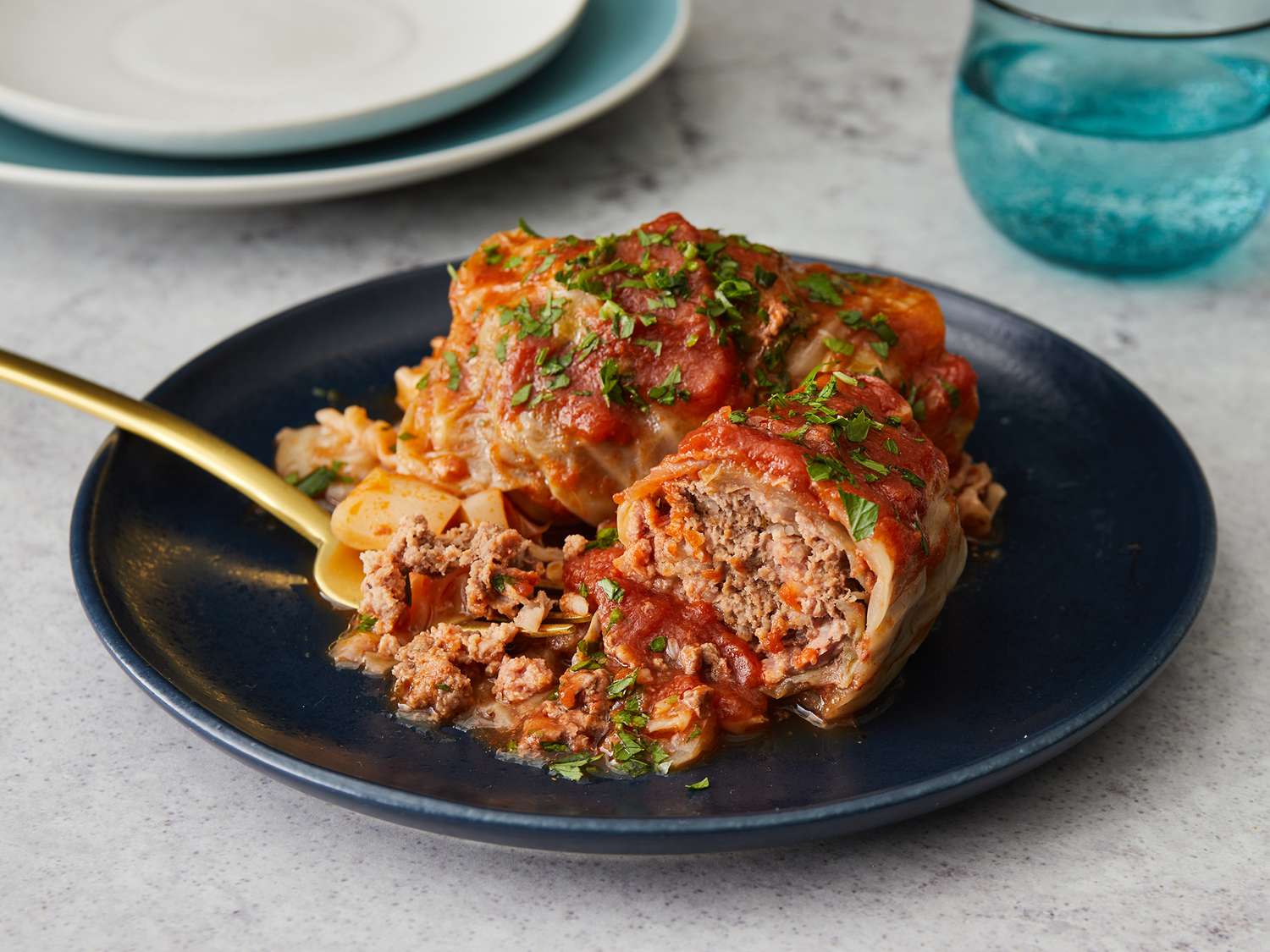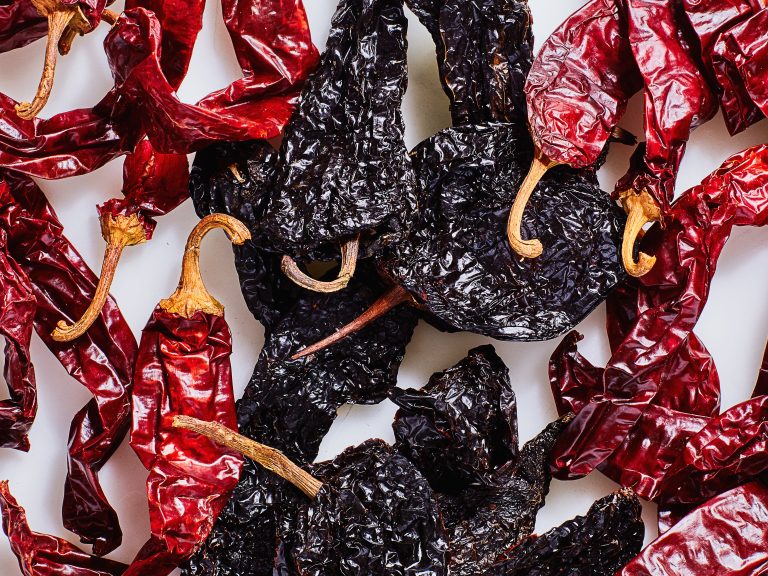Halupki Stuffed Cabbage: History, Recipe, and Nutritional Benefits
Halupki, also called stuffed cabbage, has deep roots in Eastern Europe. Appearing in various cultures like Polish, Ukrainian, and Slovak, Halupki represents more than just food. It reflects historical socioeconomic conditions, using inexpensive, locally available ingredients. In times of hardship, families relied on simple staples like cabbage, rice, and meat. Celebrations featured Halupki, symbolizing abundance and festivity. Traditional recipes were handed down generations, preserving family stories and cultural identity.
Regional Variations
Regional variations of Halupki exist across Eastern Europe. Polish Halupki, or “gołąbki,” often include ground pork and rice with tomato-based sauce. Ukrainian versions might use barley instead of rice. In Slovakia, you find “holubky” served with sour cream and onions. Some variations use sauerkraut leaves instead of fresh cabbage. These differences reflect local tastes and available ingredients, showcasing the adaptability and enduring appeal of Halupki.
Ingredients Used in Halupki Stuffed Cabbage
Key Components of the Dish
Halupki stuffed cabbage relies on a few core ingredients that create its unique taste. The primary components include cabbage, ground meat, rice, onions, and a flavorful tomato sauce. Ground meat, typically a mix of beef and pork, provides a rich and hearty base. Long-grain white rice adds texture and helps bind the filling. Onions are finely chopped to enhance the dish’s savory flavors. Tomato sauce ties everything together, imparting a tangy and slightly sweet profile.
Choosing the Right Cabbage and Meat
Selecting the proper cabbage and meat is vital for authentic Halupki. Opt for large, fresh green cabbage heads with pliable leaves. This makes wrapping easier and ensures even cooking. Blanch the cabbage in boiling water to soften the leaves.
For meat, ground beef and pork are traditional choices. Aim for an 80/20 beef-to-pork ratio to achieve a balanced flavor and prevent the filling from becoming too dry. If pork is unavailable, a mix of ground beef and ground veal can serve as an alternative.
Step-by-Step Cooking Guide
Preparing the Cabbage
Begin by selecting a fresh, medium-sized cabbage. Remove the outer leaves and core the cabbage using a sharp knife. Boil a large pot of water and submerge the cabbage. Boil for about 5 minutes, then carefully peel away each leaf, one at a time, using tongs. Blanching the leaves briefly in boiling water makes them pliable for rolling. Place the pliant leaves on a tray to cool.
Mixing the Filling
Combine 1 pound of ground beef, 1 pound of ground pork, 1 cup of cooked rice, and 1 finely chopped onion in a large bowl. Add salt, pepper, and 2 cloves of minced garlic to enhance flavor. Mix these ingredients thoroughly using clean hands or a spoon, ensuring an even distribution of components. The filling should hold together when formed into a ball.
Rolling and Cooking the Halupki
Place a cabbage leaf flat on a clean surface, with the stem end facing you. Add about 2 tablespoons of the filling near the base of the leaf. Fold the sides of the leaf over the filling, then roll it up tightly from stem to top. Repeat until all filling and leaves are used. In a large pot, layer the bottom with any leftover cabbage leaves. Place the rolled cabbage leaves seam-side down in the pot. Pour a mixture of 1 can of tomato sauce and 1 cup of water over the rolls. Cover and simmer on low heat for 1.5 to 2 hours, ensuring the meat is fully cooked and tender.
Serving and Presentation Tips
Traditional Accompaniments
Traditional accompaniments enhance Halupki’s flavors while keeping authenticity. Serve Halupki with mashed potatoes to balance its rich taste. Gravy, made from the Halupki cooking sauce, adds an extra layer of flavor. Rye bread, common in Eastern European cuisine, complements Halupki and adds texture. Simple side salads with ingredients like cucumbers and tomatoes offer a refreshing contrast.
Modern Serving Ideas
Modern serving ideas can elevate Halupki’s presentation. Use a shallow dish to highlight the sauce and vibrant cabbage rolls. Garnish with chopped parsley or dill for a fresh, aromatic touch. Pair Halupki with quinoa or bulgur instead of rice for a health-conscious twist. For a sophisticated look, serve bite-sized Halupki as appetizers at gatherings. Use colorful plates to make the dish visually appealing while retaining its traditional essence.
Nutritional Information
Health Benefits
Halupki offers various nutrients essential for good health. Cabbage, the primary component, is low in calories but rich in vitamins C and K. It also contains fiber that aids digestion and supports gut health. Additionally, ground meat provides protein, promoting muscle maintenance and growth. The tomato sauce, high in antioxidants like lycopene, can reduce inflammation and support heart health.
Dietary Considerations
Halupki accommodates several dietary needs with minor adjustments. For a low-carb version, substitute rice with cauliflower rice. To make it vegetarian, replace meat with a protein-rich substitute like lentils or tofu. Ensure gluten-free diets by using gluten-free breadcrumbs if breadcrumbs are part of the recipe. The dish remains a versatile option, fitting various nutritional preferences while maintaining its traditional flavor.
Conclusion
Halupki stuffed cabbage stands as a testament to culinary ingenuity and cultural heritage. Whether you’re drawn to its rich history or its delectable taste, this dish offers a unique blend of flavors and textures that can be adapted to suit various dietary needs. By incorporating nutrient-rich ingredients like cabbage, ground meat, and tomato sauce, Halupki not only satisfies your taste buds but also provides numerous health benefits. With its versatility and traditional charm, Halupki remains a beloved dish that continues to bring people together around the dinner table.






